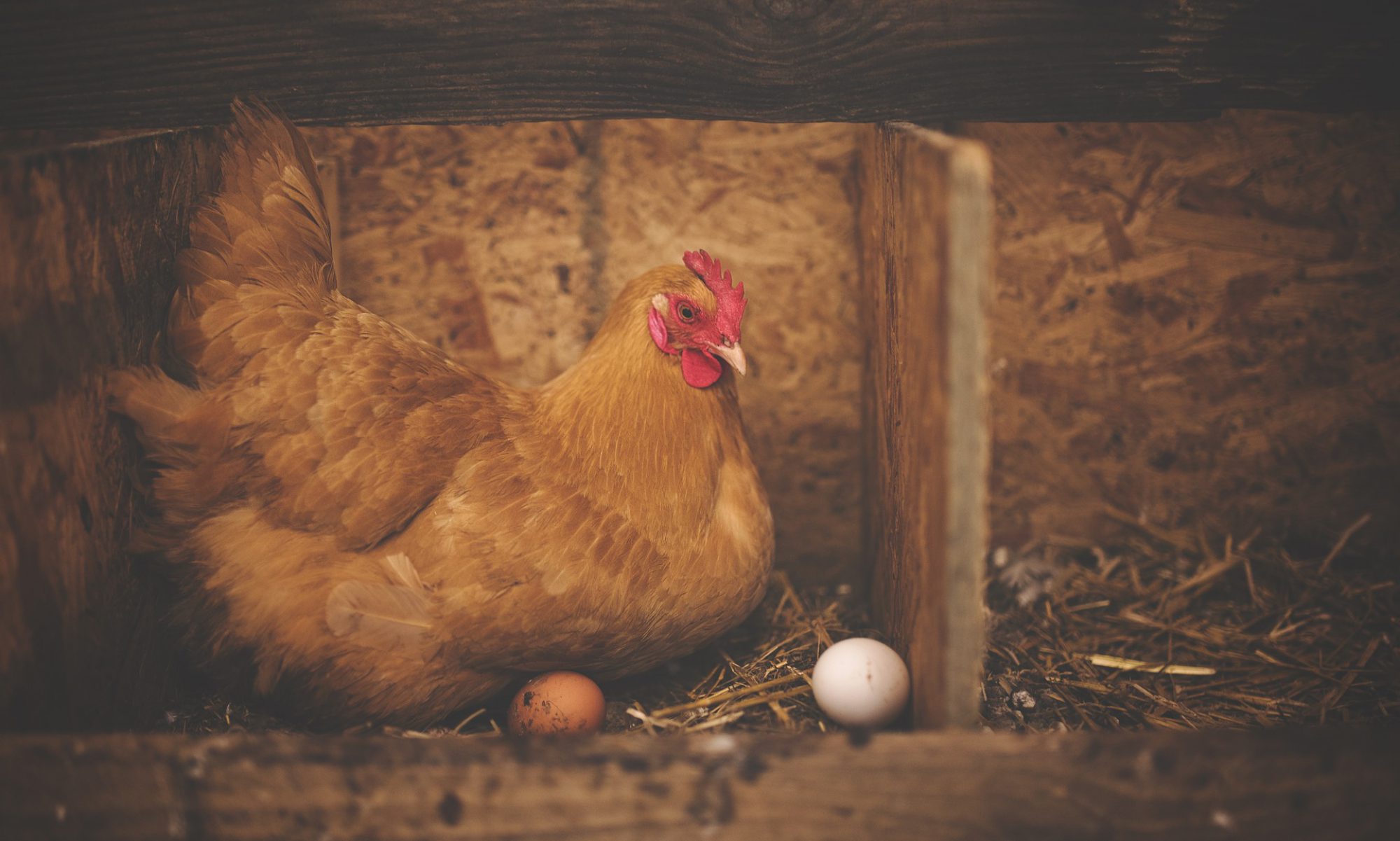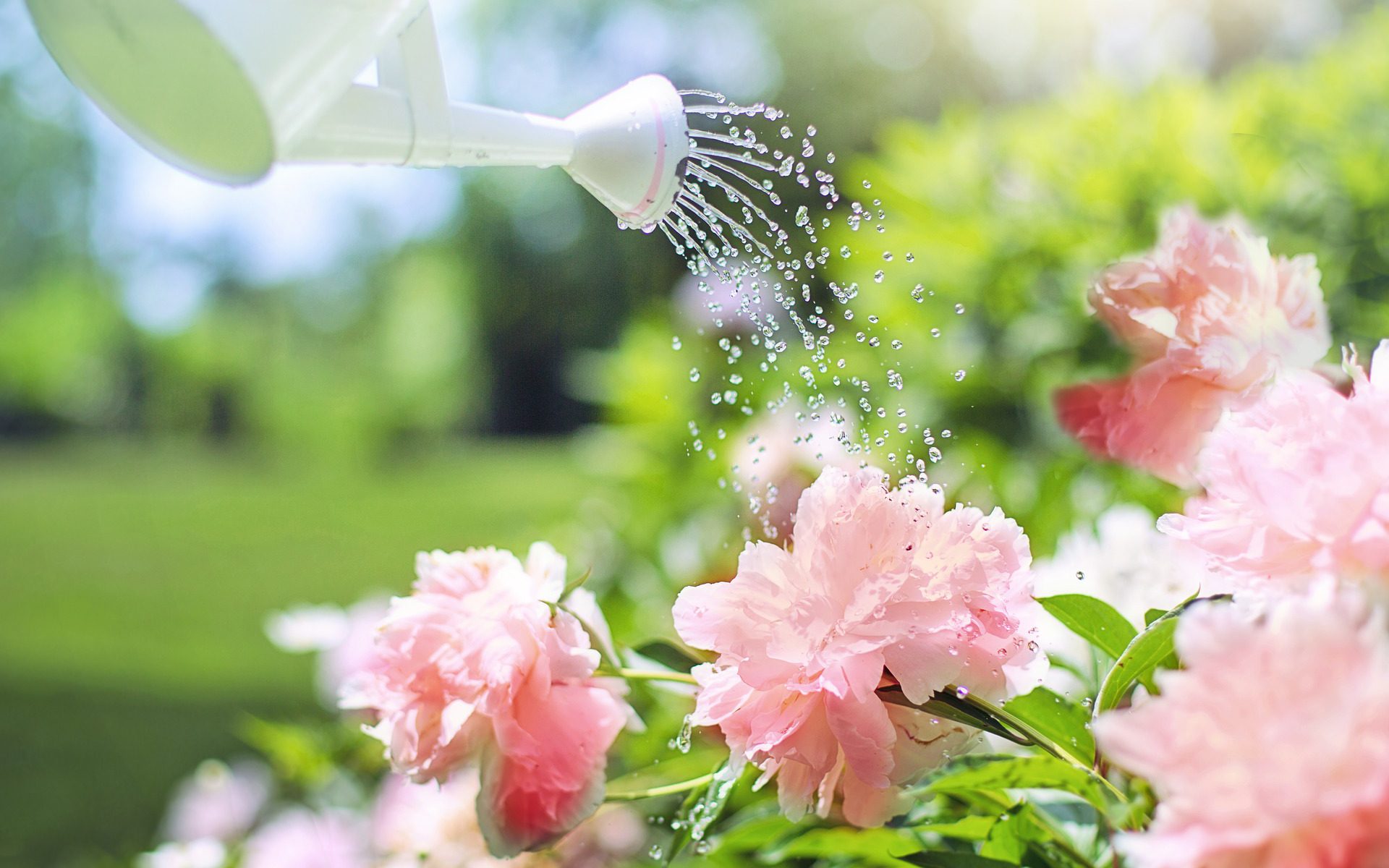Whether you want to live more sustainably or you live in a drought-prone area, there are any number of reasons that you should have water conservation in mind. But, many people assume that conserving water means that they have to have a yard full of rocks that is devoid of vegetation. The truth is, you can design eco-friendly landscaping and create a beautiful yard while ultimately conserving water. Keep reading to find out how.
1. Be Smart About the Water You Use for Plants
You don’t need to turn on your hose or fill watering cans from the tap to keep your outdoor plants alive. Instead, recycle used water, aka greywater, from doing the dishes or bathing your kids. Chances are, the soap you use will not harm plants, and you’ll be able to use the water instead of watching it go down the drain. One way to collect used water is to wash dishes in a basin rather than in the sink.
If you want to maximize usage of greywater and save money on your water bill, enlist the help of a plumber who can pipe it directly outside to your plants or trees. If you have a garden, you also can direct the greywater to your vegetable plants in such a way that it doesn’t touch the edible parts.
If you live in a state that allows rainwater harvesting, you also can collect it to water your plants and gardens. Harvesting rainwater can be as simple as placing a barrel under your downspout or as complex as connecting your harvesting system to a storage system or a yard irrigation system. Keep in mind that you should never place barrels near a utility service or septic tank and that you should use screens to filter out leaves and other debris.
2. Rely on Xeriscaping to Create a Beautiful, Eco-Friendly Yard
Of course, homeowners who live in drought-prone areas need to be as mindful of their water consumption as possible. Xeriscaping is an ideal way to design landscaping for your home that can withstand a drought. But, even if you don’t live in a drought-prone area, you can use xeriscaping strategies to conserve water. The point is to swap out vegetation that requires a great deal of water with plants that grow and thrive on a fraction of that water.
One hallmark of xeriscaping is replacing grass with plants that consume less water and are aesthetically pleasing. Many people opt for succulents because they are easy to grow and require little maintenance. They also offer a variety of color options for homeowners who want to create an interesting and beautiful yard. Other options include purple needle grass, blue oat grass, native wildflowers, lupines, deergrass, sheep fescue, and hens and chickens.
You also can create borders and islands of groundcover by planting perennials that spread quickly and don’t require much water. Hens and chickens are a good option for this as well, in addition to other perennials such as Artemisia or creeping phlox. And, you can create clumps of colorful, drought-resistant flowers if you opt for plants like purple coneflower, rosemary, Russian sage, Sedum, and Yarrow. Many of these plants also attract butterflies and bees, so you’ll be helping the environment by providing habitats for pollinators while conserving water.
3. Convert Yard Space to Native Plant Gardens
The reason that xeriscaping is characterized by replacing grass with plants is that most grassy lawns require 90% more water than native plant gardens. Many people also find that their grass requires fertilizer and pesticide to thrive, but these chemicals pollute groundwater. One solution is to convert some of your yard space to a native plant garden. Downsizing grassy areas of roughly 1,000 square feet can reduce water consumption by 24,000 gallons of water per year.
Water-friendly plant gardens may include trees, shrubs, grasses, and flowers that are native to your area because these plants have adapted to the environment in which you live and are much hardier when it comes to lack of rainfall or harsh climates. If you aren’t sure which plants are native to your area, consult local farmers or gardeners at a farmer’s market or speak with the experts at a local nursery rather than relying on help from employees at a big box home improvement store.
You can have a beautiful yard that also is eco-friendly and water-friendly if you are smart about the water you use for plants, rely on xeriscaping strategies, and convert yard space to native plant gardens.


